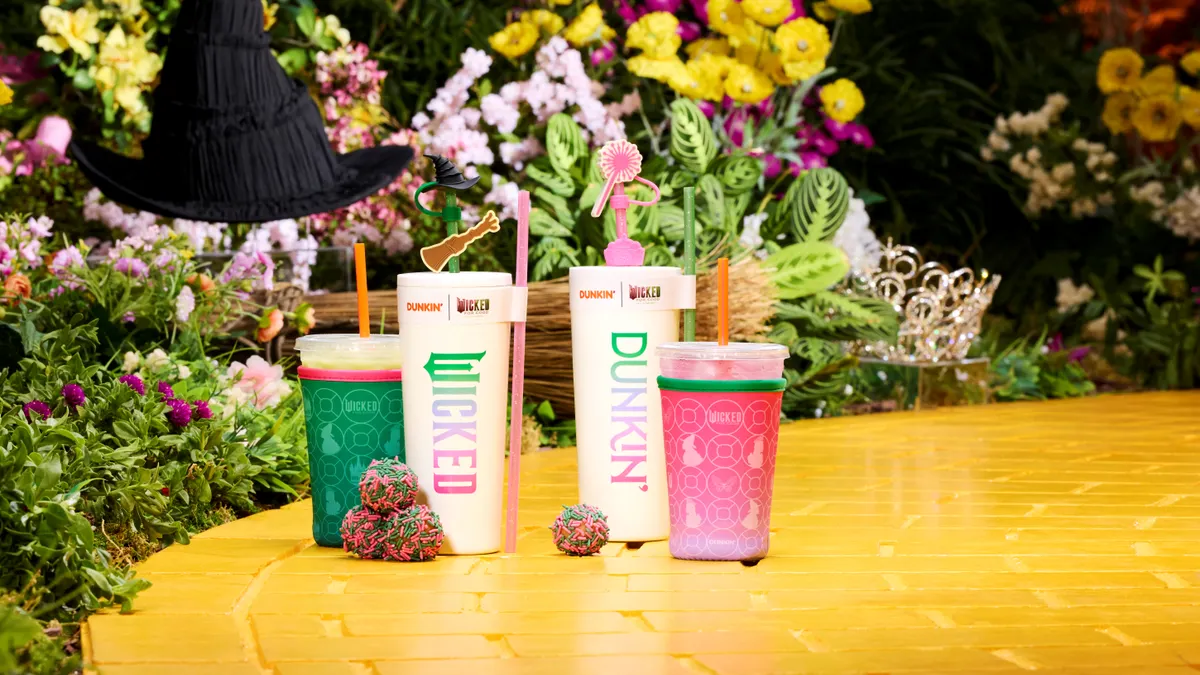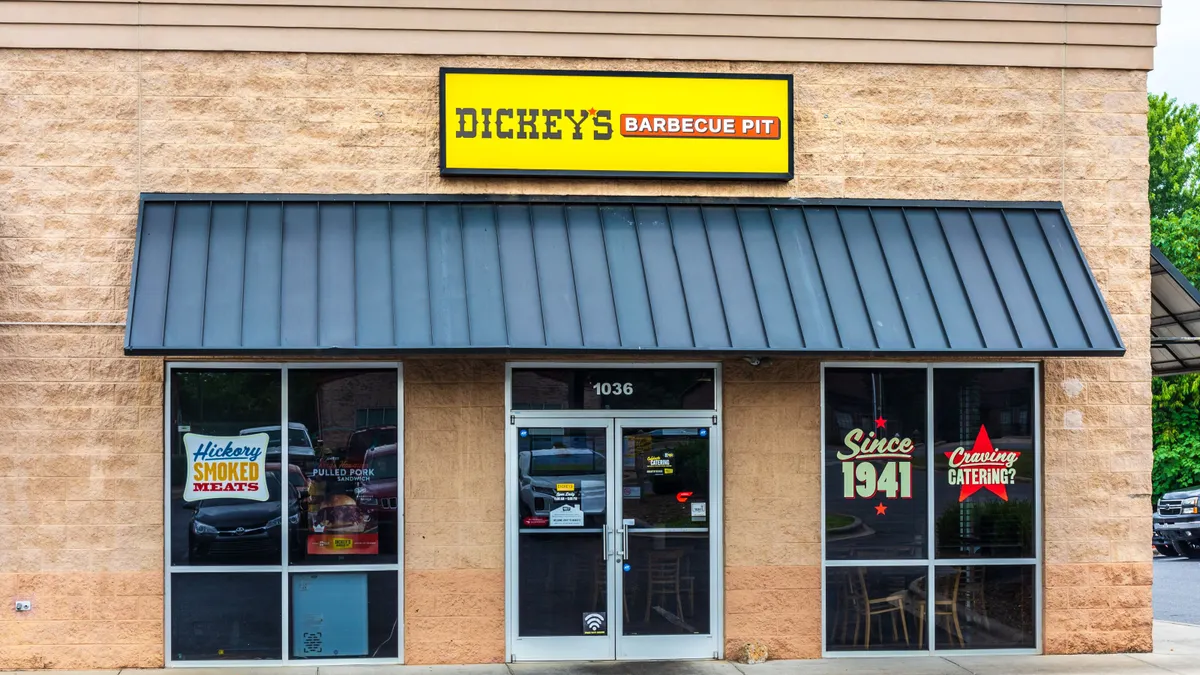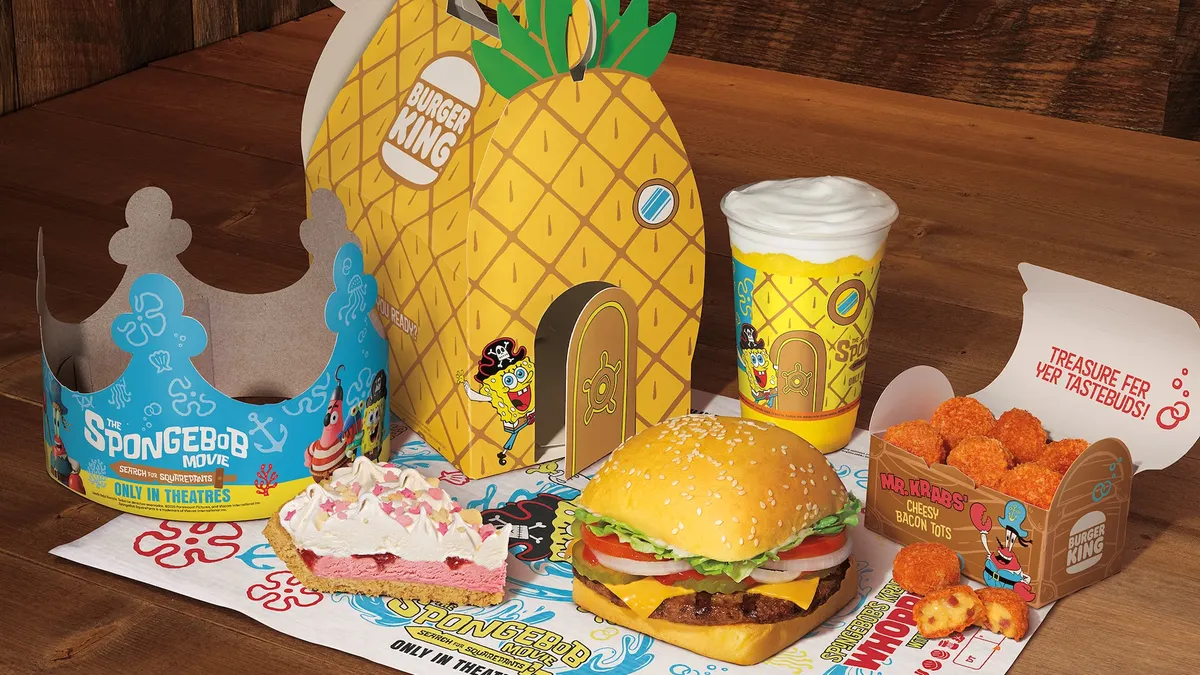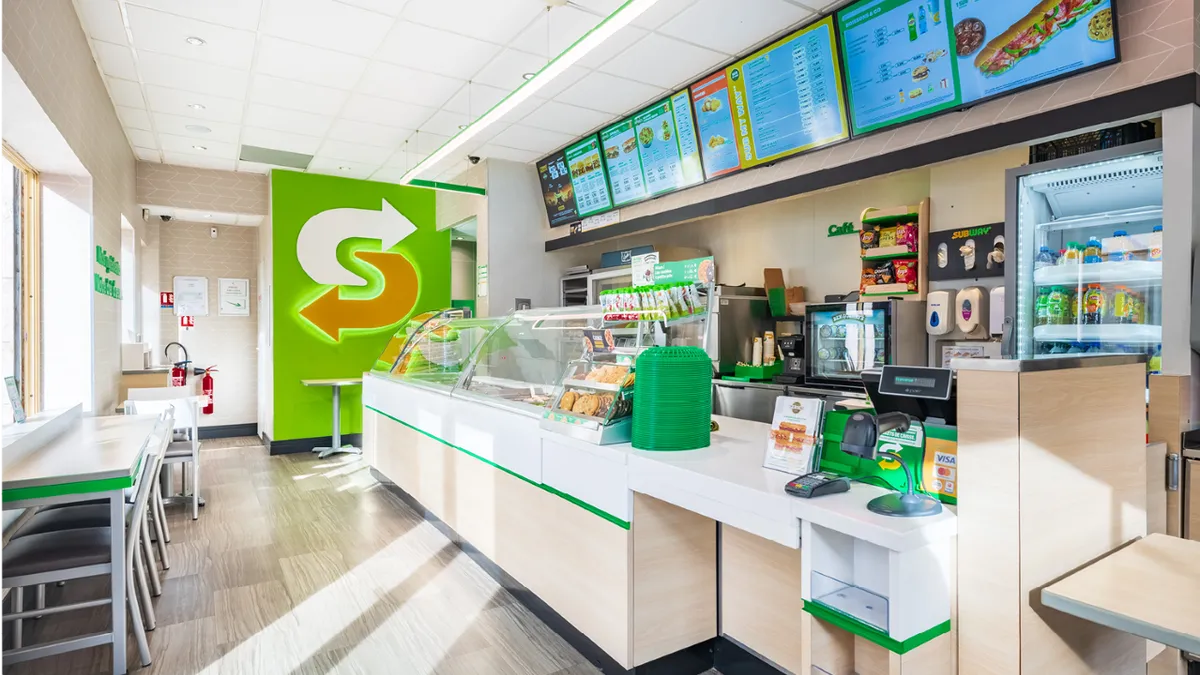The following is a guest post from John Larson, senior partner at John Larson & Company, which helps its clients improve customer loyalty.
Loyalty programs, when properly configured, offer companies a significant opportunity to both strengthen and broaden the relationships they have with their customers. In spite of this, few, if any, loyalty programs come anywhere near delivering on their promise. A case in point is Chipotle's loyalty program. Customers who belong to this program will receive 10 points for every dollar they spend at one of Chipotle's restaurants. Once they have accumulated 1,250 points they will receive a free entree.
Years ago, when I was in kindergarten — and the Dodgers were still in Brooklyn — the ice cream store across the street from my school gave us a small cardboard card with the name and address of the store printed on it. The card had the numbers one through 10 printed on it as well. Each time we purchased an ice cream cone Mr. Schwartz, the owner, would punch one of the ten numbers. Once we had accumulated ten punches we got a free ice cream cone.
Sounds a lot like the "new" Chipotle program, doesn't it? The only difference is that now you no longer need a card. You can now keep track of your punches (I mean "points") on your iPhone.
As configured in 1981 by American Airlines, loyalty programs were once designed to learn more about how and why a customer uses a company's product (in this example, how and why an airline traveler uses American Airlines) so that they could understand and then market to the specific needs of that individual. That was a great rationale. Unfortunately, as the Chipotle example indicates, loyalty programs have devolved into new (but not better) ways to offer discounts to customers.
Let us step back for a second and ask a simple question: How might we use a loyalty program to develop stronger relationships with our customers? Suppose for example that you ran a restaurant and you had a loyalty program. Every time a customer came into your store and made a purchase they would have to enter their loyalty program number (or some other identifier) in order to get a discount. This would allow you to develop a database that would capture the spending behavior of each of your customers — what they purchased, when they purchased and how much they purchased.
This database will help you to understand and then draw inferences from the spending behavior of each of your customers. Such insights would help you market directly to each of your customers. For example, if you noticed that a 34-year-old female customer had recently started purchasing items from the kids menu at your restaurant, you could reasonably conclude that she was a new mother. Armed with that knowledge you could design a whole series of offers and marketing messages designed to appeal to that new mother.
Unfortunately, I know of no restaurant that is using their program to develop these kinds of insights. Rather, these programs have devolved into ways of simply providing discounts to patrons with the attitude being that without one, customers will turn to competitors that have one.
Restaurant customers who are heavy users might visit their favorite restaurant three or four times per week, but a majority of customers tend to come about twice a month. At that rate, it could take over a year for restaurants to learn anything meaningful about the customers from the purchases they make.
Fortunately, years ago marketing scientists developed a way to analytically divide a company's customers into four to six individual groups or market segments — each with different needs and purchase motivations. A good market segmentation study is based on 50 to 60 questions, but after the segmentation scheme is developed you typically will need no more than five or six of those questions to accurately classify your customers into their appropriate market segment.
One can easily envision an application for a loyalty program where the applicant provides information such as a phone number and an e-mail address. You could then envision another short section where the applicant is asked to "Tell us a few things about yourself so that we might be able to serve you better." Then they would be asked to answer the five or six key questions from your segmentation study.
Now, you have classified all your loyalty program members into a given market segment. Based on this study, you will have a pretty good idea of the key attitudes, needs and purchase motivations in each segment. Even if your restaurant does not receive high frequency repeat traffic, you do not need to build up a database to understand your customers. Your segmentation study and your customer's completed application form to join your loyalty program have done all the hard work for you. You can now begin to communicate with them in a much more direct and impactful way by appealing to what really matters to them — which, by the way, is rarely a discount.
















